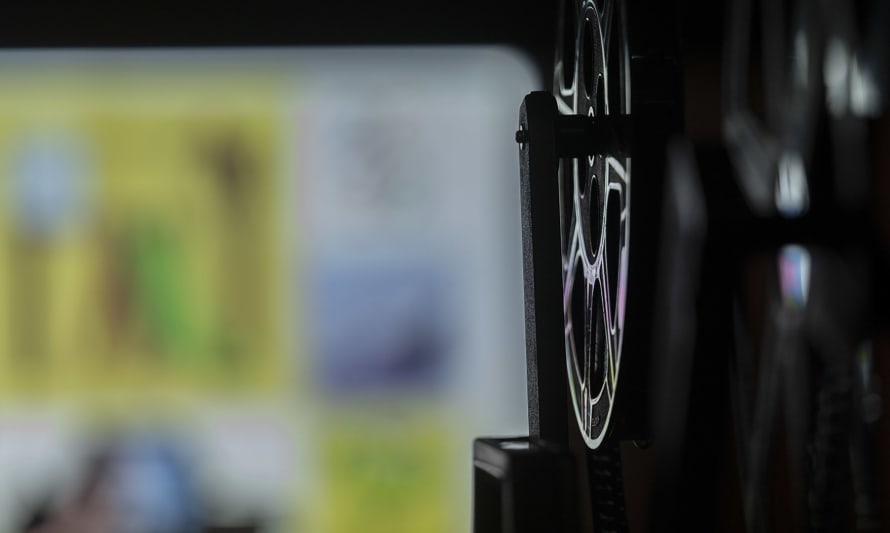
Our Inclusive Recruitment Journey (so far)
Our recruitment process has gone through several alterations in the last few years. Most of these were tweaks to what was already there, but in taking a deeper look at how we could improve access and inclusion to our workplace, it became clear that we needed to make a much more significant change to the system.
After considerable research, last year we took the application process apart and rebuilt it from scratch. We stopped accepting CVs and overhauled how we assess candidates to remove as much bias as possible.
What does this look like in practice?
The Job Description
Language, length, format and focus are all things we think about much more now when writing a job description. Helpful tools include The British Dyslexia Associations’ dyslexia friendly style guide and the free Gender Decoder tool looking at gendered language in job description.
Textio, which looks at reading burden, language inhibiting fresh talent and unfriendly structures has been really useful (we used a free trial to write a few job descriptions and now keep those principles in mind when writing others.)
The Application
We took almost all of our queues from Applied, a platform dedicated to removing bias from the recruitment process. We got rid of CVs, and now use an application form that asks questions that are designed to determine only whether candidates have the essential skills required to fulfill a particular role, avoiding non-relevant information such as whether/where people have studied, which can lead to bias.
Shortlisting
Applications are scored anonymously. One member of our team will collect applications, then split them up and organise them by question, allowing whoever is shortlisting to review all answers for each question together, and assess according to set scoring criteria.
We don’t recruit often enough to warrant paying for the Applied platform but they have a lot of useful resources that mean you can craft your own process using their principles. My favourite resources are a blog explaining why CVs are so problematic and this comprehensive guide to de-biasing the recruitment process. Particularly useful pages are 19 - 22 looking at creating work sample questions and scoring guides, and page 23 explaining the shortlisting process.
The interview
We try and structure our interviews to allow the people applying the best chance to show their suitability for the role. Key to this is sending questions in advance with a clear expectation of how much time we think is reasonable to spend preparing and details of the interview including who will be interviewing. The Autism and neurodiversity toolkit talks more about what else you can do to improve interview settings for neurodivergent candidates, but we find that this approach leads to better conversation with all applicants.
The Outcome so far
It's still a work in progress, but we have seen a 30% increase in people from underrepresented groups in the arts going through to interview, and 50% of roles so far have been offered to these candidates. We have received feedback from both successful and unsuccessful candidates that our approach to recruitment helped them to really understand what would be expected of them in the role, and had a positive impact on how they viewed the organisation and our commitment to inclusion.
For more resources and links to things I found useful when redesigning the recruitment process see our resources page. And feel free to get in touch if you would like any more information.
